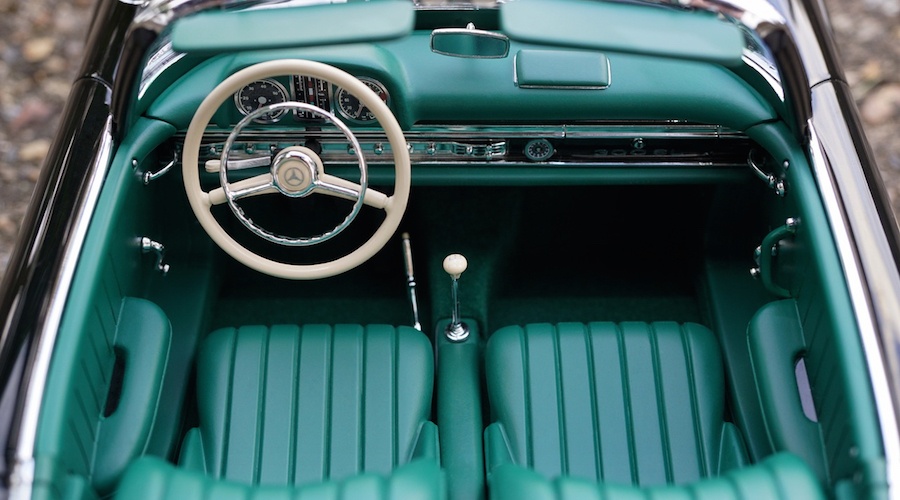In defense of brand design

If you’re a struggling entrepreneur trying to manage a tight budget, take a look at your spreadsheet. Where does design fall on your list of expenses? If it’s low on the list, it may be time to play the long term game and bite the bullet. A part of being a successful, profitable and credible company is building a brand that reflects those characteristics. It’s the quickest way to ‘fake it ‘til you make it’.
Branding is often last on the list of priorities for startups, an after thought. As a result, some startups turn to low budget resources like 99 Designs to create their own logo in less than an hour and call it a brand.
Best-selling author and entrepreneur Tim Ferris strongly advocates for the low budget branding of 99 Designs, but there are may be strong arguments against the DIY design.
A brand is more than your company name laid out in a particular font. A strong brand can be a powerful tool in achieving business goals, according to several designers, and deserves much more thought, time and yes, money.
When should you begin thinking about design?
Branding should begin fairly early in the execution stage, according to Lebanese designer and entrepreneur Leen Sadder.
“The earlier you start building your brand, the quicker you can start sending the right messages to your audience. Rather than realizing at a later stage that your brand isn't communicating effectively and having to go back and revisit, start building your brand at the same time you build your product. They go hand in hand."
Thinking about your brand early on helps you clarify the vision and identity of your company. Through design thinking and visual ideation, designers can often help entrepreneurs figure out what the product is, what the tone should be like, what the messaging should entail, and who the business should attract. By identifying these elements from the beginning, the brand can accelerate the formation of a more solid and consistent product idea.

What is a brand?
A brand is a promise your company is making to its customers on the experience they should expect when using or buying your product or service, according to user experience, interface designer and strategist Samia Kallidis.
“It's a story or an archetype that people can relate to and associate with your product or service,” she said.
According to research published in 2013 by MIT Sloan Management Review, a strong logo can improve customer loyalty to a brand and, therefore, improve company performance. A logo can be a messenger for company “identification, differentiation and positive associations” to their customers.
What is a brand strategy?
A brand strategy is the basis of building a strong, successful brand. Before thinking about the visual elements like the logo, typography or color scheme, the strategy begins with identifying what your brand stands for.
What is its personality and values? Who should it communicate with? How does it stand out among its competitors? What tone and language does it use to attract your audience's attention?
Sadder said once the overall strategy had been defined, it could then be translated into visual elements that constituted a brand identity.
But a strong brand strategy is nothing without strong implementation, which is what differentiates successful brands from mediocre ones. While most people associate brand identity with logo design, the logo is often a tiny piece of a much larger system.
The key to a strong brand identity lies in ensuring that every piece of the brand maintains the same consistency, messaging, visual style and figurative tone of voice, while still being dynamic enough to adapt to different applications.
Of course, having a strong logo or symbol is important, but elements such as typography, color, image style and language play a huge role in maintaining credibility. What will your brand look like online versus in print? How will your social media posts compliment your brand identity? Will your customers be able to recognize you without seeing your logo?
“I read somewhere that wanting to associate with an idea and belong to a tribe is intrinsic to us, we all want to belong to something with a relatable message and purpose. This is why brands like Apple and Nike are so powerful. They have a very solid brand strategy and know exactly who they're speaking to, why and how,” Kallidis said.
Where to find a good designer
While word-of-mouth remains the most common way entrepreneurs find their designers, there are other resources for those who at a loss of where to start.
A good starting point is Behance, an online platform that carries thousands of designer portfolios. Entrepreneurs can skim through designer’s work and also narrow down what kind of designers they need for the stage they are in: branding, UX, animation etc.
Linkedin is another obvious, but useful resource. Lastly, researching designers behind brand identities of companies that you admire or relate to can help put you on the right path to finding the right designer for your brand.
How much should you budget?
The range can vary between $500 to $10,000 for a brand identity, the main deciding factor being whether you hire a freelancer or a design agency. Prices also vary depending on the scope, such as how many iterations are included, the number of collateral applications, and the timeframe. It may seem like a "nice to have" element, but investing in branding from the start is an investment in the long term credibility and success of your business.
Tip: In MENA, be sure to think of your brand in both English and Arabic to maximize your audience and maintain fluidity between your brand languages.
(Feature image via Pexels.com)


